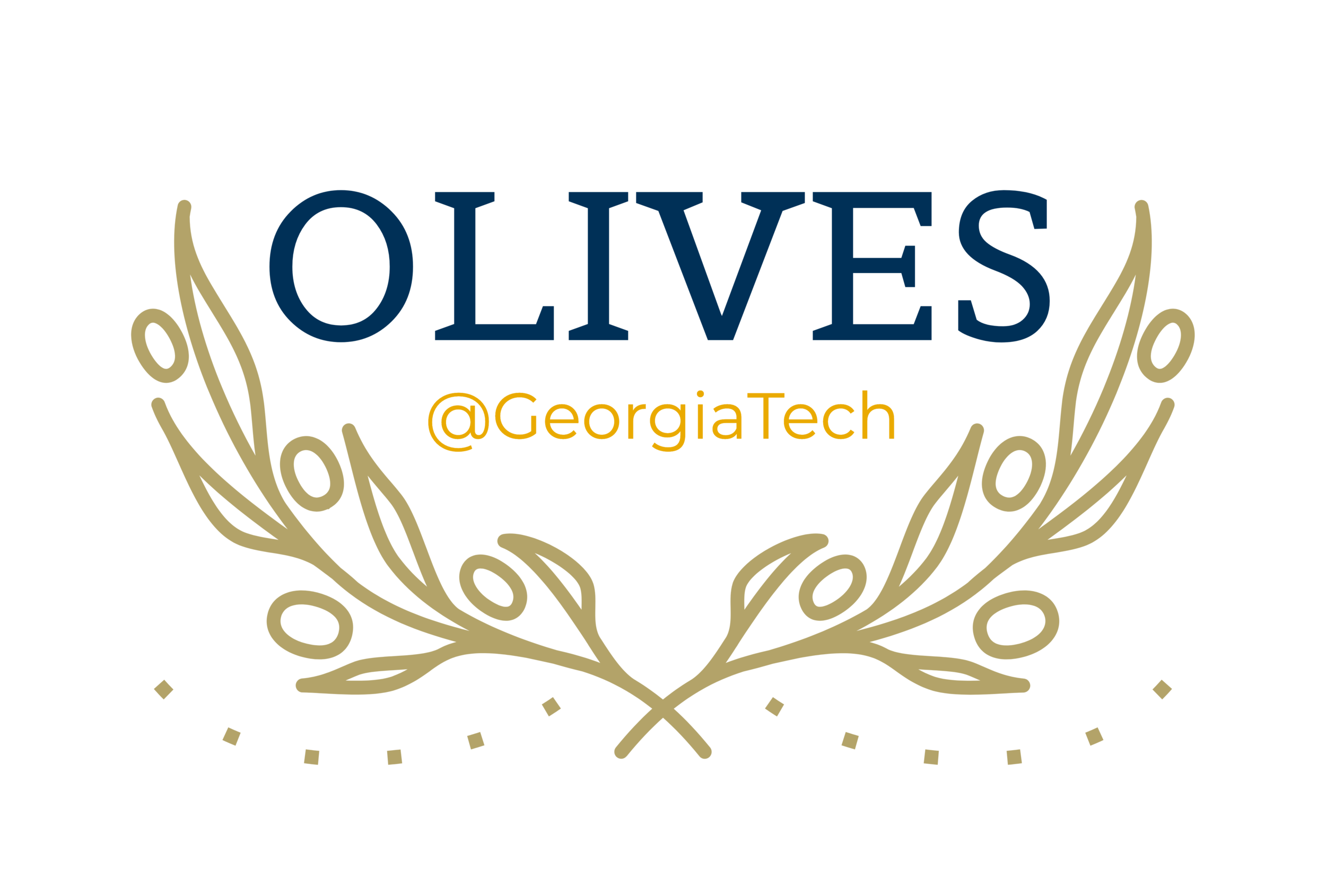Synthetic Data Generation for Seismic Self-Supervision
Personnel: Ryan Benkert, Oluwaseun Joseph Aribido
Goal/Motivation: In seismic interpretation, annotated data is scarce and monotonous which results in model overfitting and poor robustness properties. In this work, we objectify the development of robust models under constrained data requirements.
Challenges: In seismic interpretation, experts are required for the correct annotation of subsurface volumes. For this purpose, seismic annotations are scarce, costly, and frequently ambiguous as disagreement among experts is common. As a result, deep neural networks overfit to the scarce training data and fail at generalizing to unseen test volumes. In practice, overfitting manifests in unrealistic volume predictions where low-depth materials are predicted in shallow areas and vice versa (Figure~1).
High Level Description of the Work: We address robustness through variation in the training data [1, 2, 3]. Seismic data is monotonous in structure and is largely defined by the image texture of subsurface materials. In our work, we exploit structural repetition by transferring rare class textures to different structures within the training data. We identify difficult samples by tracking representation shifts and target frequently shifting textures as style sources. In our analysis, our method significantly increases the training data variety and improves robustness in comparison to popular augmentation techniques from literature.
References:
R. Benkert, O. J. Aribido and G. AlRegib, "Explainable Seismic Neural Networks Using Learning Statistics," in International Meeting for Applied Geoscience & Energy, Denver, CO, 2021.
R. Benkert, O.J. Aribido, and G. AlRegib, "Explaining Deep Models Through Forgettable Learning Dynamics," in IEEE International Conference on Image Processing (ICIP), Anchorage, AK, Sep. 19-22 2021.
R. Benkert, O.J. Aribido, and G. AlRegib, "Example Forgetting: A Novel Approach to Explain and Interpret Deep Neural Networks in Seismic Interpretation," in IEEE Transactions on Geoscience and Remote Sensing (TGRS), May. 12 2022.

